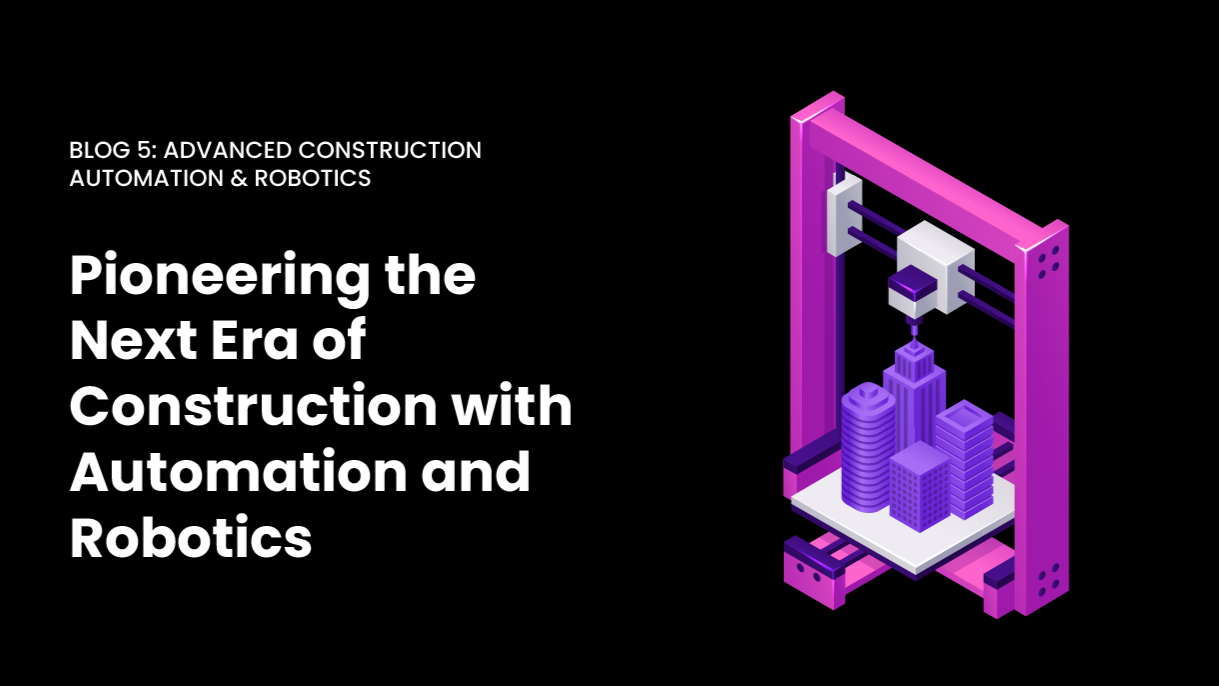Hopefully, you got a chance to read our blog last week. My colleague Mike “the photographer” wrote a short piece on one of his favorite conference anecdotes: the Kodak Story and the dangers of not innovating. Long story short, if you think photography today, it’s not Kodak, but rather Apple, Sony, Samsung, or maybe Nikon. What happened? Lack of desire to be at the cutting edge of technology.
If you’re reading this today, you are probably anxious to implement BIM but are wondering how you sell it to leadership. You know that a move to BIM is more than just an update to the “latest and greatest” CAD tools. Within an organization, capital expenditure approval involves not only calculating your overall project cost but also showing the justification for spending that money in the first place. Even if you believe the purchase is necessary and reasonable, you have to convince your other colleagues.
If you’re reading this article, you probably already know that it’s essential to implement BIM, so I want you to reframe your mindset before making the business case. The starting point is a technological renovation that, far from being thought of as an expense, should be viewed as an investment in the future. You know you need to invest in your organization’s future, so the question really is: How do you prove it to skeptical stakeholders?
Digital road-mapping: when spending = long-term savings
- Think back to my example of the digital camera. Now, think about who invented the digital camera…. Not aware, check out this article. Kodak, the company you probably knew as a ubiquitous film manufacturer just a few years ago. The rest is history, if you think “camera” you probably think iPhone, Samsung, maybe Sony if you are like me and prefer a dedicated device.
The real question to ask the other stakeholders in your organization is about opportunity. Think to the Kodak example and the what-if. Now, ask yourself if you are still working in 2D: Is there a future where your clients will no longer have the same level of work for you because you are not leveraging BIM? - Going beyond scare tactics, let’s talk about efficiency for a minute. What processes are you using that still rely on manual manipulation of spreadsheets? BIM is more than just a 3D model, it redefines your perspective on construction documents. It’s time to put your data to work, and this is your opportunity to find cost savings by unifying your data structure and automating the boring stuff.
Think about many of the tasks your team performs manually, or semi-manually today. How do you manage construction sequencing? If you mention spreadsheets, I know for a fact that implementing BIM (and, consequently, offering BIM services) will save you time, money, and improve overall quality and efficiency. How about quantity take-offs? Same story here. Your new foundation will allow more automation in this area which again can lead to a decrease in rework, and the ability to optimize purchasing.
- Winning more business is almost always high on the list for technology adoption drivers. Think for a minute as I draw an analogy. If you were to choose a new vendor to provide telecom services such as phones and internet: What would your colleagues say if you made the recommendation to go with a vendor that provided dial-up internet, and suggested the use of rotary phones? Two things would happen: you would get laughed at, or your colleagues would ask you if it’s April Fools day.
The ability to win more projects that are larger and diverse is your key driver here. The biggest, and most high-profile projects today are built on the back of BIM services. Owners and operators of space are also starting to leverage BIM data for portfolio management and other areas in operations. Depending on where your business sits in the food chain, it may even just flat out be a requirement to work with other stakeholders!
- Your team. We all have one thing in common, we age instead of getting younger every day. I don’t know about you, but one day I want to retire and part of my role at Voyansi is to help groom the next generation of leaders in building technology. We all know that academia in recent years has focused on the potential of BIM and the revolution it is bringing to the design, construction, and operations space. When recruiting new talent to the industry, you can’t expect them to be trained on older technologies, nor do you want to put them into that box. Implementing BIM opens your organization up to bringing in talent that is schooled on the latest technologies.
I’ll stop there and summarize. BIM must be a part of your overall business strategy. It’s a marriage of multiple disciplines and an opportunity to create efficiencies and space for your company to grow into new markets or create new efficiencies. If you remember nothing else, when you are making the business case to leadership, I recommend you align your company’s strategic vision with the picture you paint about this technology.
Remember, we are always here to help. If you want to chat with me, feel free to shoot me an email, or schedule time to chat with one of our consultants about the best way you can phrase this request.






